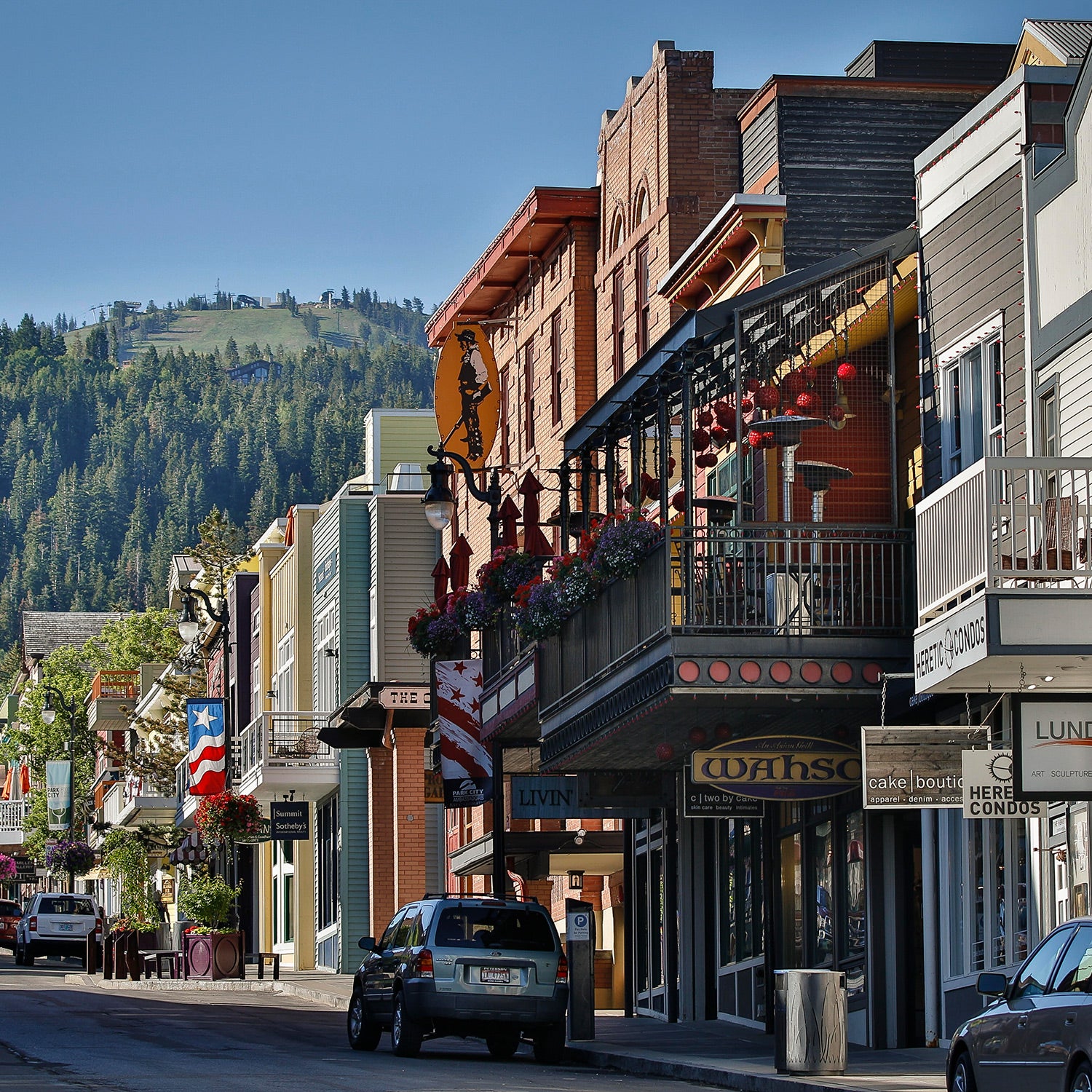The young woman was coming from sea level, but was fit and had never had trouble with altitude before. She would say that many times over the next few days. She seemed OK at the welcome dinner in Redstone, Colorado, at 7,185 feet, opening the annual photo camp then held by Rock and Ice magazine, where I was working.
But the next day as we all headed up to a campground above the town of Basalt at 8,000-plus feet, she threw up out my car window.
I offered to take her back down to our offices in Carbondale, which is at 6,200 feet, but she shook her head vigorously no. Our group all hiked up to a cliff, and later, on the way down the steep trail, the student collapsed into my arms. It took two of us to guide her to the road. Still she refused my entreaties to go to the hospital or come to Carbondale overnight. She had a dismal time of it before feeling better a day or two later.
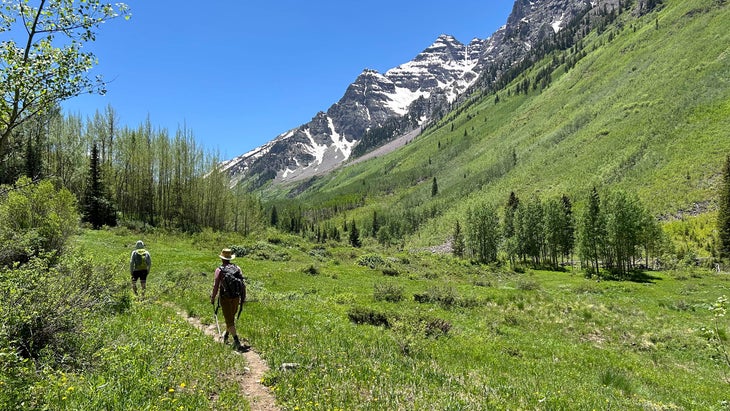
It turned out that, upon arrival in Denver, the young woman had immediately hiked a 14er, I think Mount Elbert, because she was excited to arrive. But she paid the price, oh she paid.
While I now live at altitude, I experienced sleeplessness, tinnitus, and breathlessness when first moving to the area. Those were mild annoyances, but I’ve seen some things go pretty south. Once my elderly stepfather, who had a heart condition, spent Christmas in the ER and came back to the family’s rental house toting oxygen. Another time I was at a wedding in Boulder where a bridesmaid keeled over right in the middle of the ceremony, having come from sea level…and being dehydrated…and hungover. The young-adult son of a friend came to Vail, got drunk, sat in a hot tub (yes, they dehydrate you, too), and had to be airlifted out. (The bridesmaid and the guy were both fine.)
After the incident at the photo camp, I wrote up a list of altitude-sickness prevention tips for students and other visitors to our area.
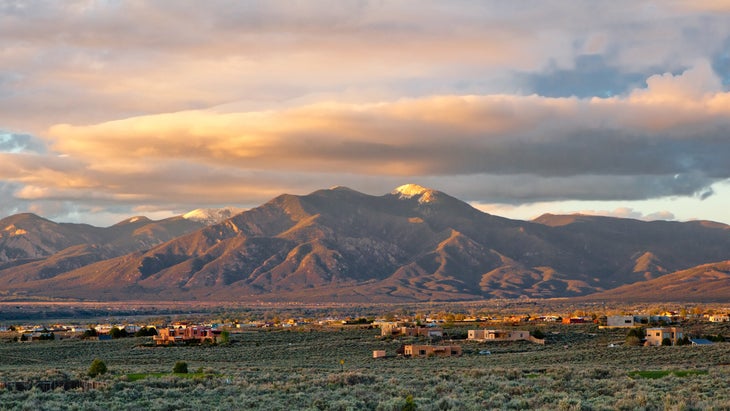
As summer kicks in, with visitors coming to my house and tourists traveling to mountain towns all over, I decided to update the list, and contacted Peter Hackett, M.D., an E.R. doctor and . Hackett has treated patients and gathered research at the clinic known as “14” (for 14,000 feet) on Denali, in Alaska, and in the mountains of Nepal, also at 14,000 feet. (He climbed Everest in 1981, going solo from the South Col to the summit.) In 2009, he founded the Institute for Altitude Medicine at the Telluride Medical Center, in Telluride, Colorado, heading it up until 2015.

He also has another gig, as it were. In 2006, when the Rolling Stones played in Mexico City, at 7,350 feet, they felt the altitude. Hackett, as an expert, was flown in for a consultation; he and Mick Jagger hit it off. Since then, he says, “I’ve toured with them for 18 years” as the band’s physician, in his capacity as an ER doctor. Tours are intermittent, lasting perhaps two months, and then he can return home to Ridgway, Colorado, where he .
Word, it seems, gets around among rock stars. I reached Hackett by WhatsApp while he was at a stadium in Madrid, there as touring physician with Bruce Springsteen. He was back stateside the following week in time for the Stones concert in Denver.
As many of you will be traveling from sea level to the mountains this summer to hike, bike, and have fun (and later will travel to them to ski, snowboard, and have fun), here’s our advice on how to fend off altitude sickness.

What Is Altitude Sickness?
In traveling upward from sea level, you encounter thinner air, with effects typically appearing between about 5,000 and 7,000 feet. The lower atmospheric pressure means breathing brings in less oxygen, because less is available. Especially above 8,000 feet, if your body has not had time to adjust, you may experience signs of altitude sickness. The effects are much more significant the higher you go, can be extremely dangerous, and must be heeded, but at moderate altitudes are usually preventable.
Hypoxia is low levels of blood oxygen from going to altitude, and just about everyone experiences some effect, such as shortness of breath, pounding heart, and/or trouble sleeping.
Secondary to hypoxia, and caused by it, is altitude sickness, the result of going high without having time to adjust (given time, the body can adjust to moderate hypoxia). Altitude sickness occurs more gradually, generally taking hours (though you can bring it on almost immediately if you step off a plane and fire up a Colorado 14er). It has three types, known as AMS, HAPE, and HACE. AMS and HACE involve the brain, and HAPE the lungs.
Acute mountain sickness (AMS) is the most common and mildest, and may be characterized by headache, nausea, fatigue, dizziness, and sleeplessness. It feels exactly like a bad hangover, Dr. Hackett says, and “nearly always” resolves in two to four days or less on its own, often within 24 hours if the person ascends no further and exerts little. Go no higher until you are better, and while you can always go lower, it is usually not necessary. Descend or get medical help if you become worse instead of better over one or two days.
In high-altitude pulmonary edema (HAPE), fluid accumulates in the lungs, inhibiting the transfer of oxygen into the blood. HAPE is separate from AMS, involving the lungs, although Hackett says that 50 percent of those with HAPE had AMS first. AMS can, however, develop into the severe high-altitude cerebral edema (HACE), creating swelling in the brain, with effects as if a person is drunk, such as confusion, disorientation, and loss of consciousness. HAPE and HACE can develop over two or three days.
“HACE can be considered the end-stage of severe AMS,” Hackett says. He also says that AMS “will rarely progress to HACE, especially at the modest altitude of Colorado resorts.” These resort towns, like many in the country, are at about 6,000 to 10,000 feet.
HAPE and HACE are life-threatening medical emergencies necessitating treatment and descent.
“Someone with AMS who stays at the same altitude and gets better will not get HAPE,” he says. “Someone with AMS who goes higher when they shouldn’t will get worse with AMS and could also develop HACE or HAPE.”
Some persons are sensitive to hypoxia and can either feel the effects or get AMS as low as at a sleeping altitude of 5,000 feet, though that is unusual. “At 6,000 to 7,000 feet, it happens more but is still unusual,” Hackett says. “Maybe [to] 10 percent of folks. At 8,000 feet, most everyone feels some effect of hypoxia, like trouble sleeping and shortness of breath with exercise, and about 15 to 20 percent of unacclimatized persons will get AMS.” A sleeping altitude of 9,000 feet is considered a major threshold, he says, and persons going directly to that have an incidence of more than 50 percent of AMS.
Pay attention! Communicate all symptoms to your group, know where a hospital or clinic is, and have a way to get down or a descent route in mind.
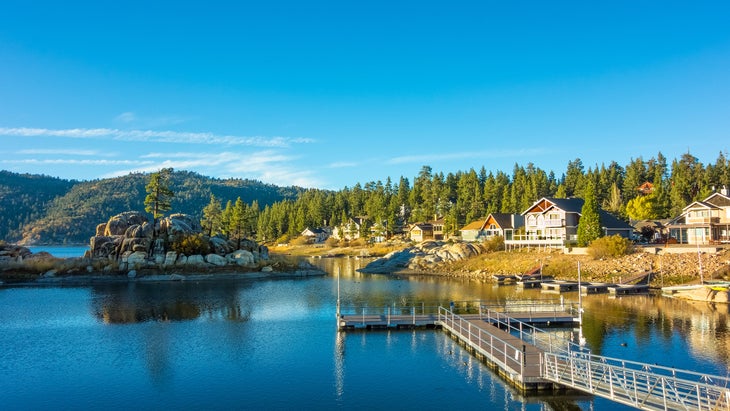
At What Altitude Might I Get Altitude Sickness?
Denver, at 5,280 feet (it’s the Mile High City), is a good example of the 5,000-foot mark at which people may exhibit symptoms or should observe how they feel. The city has an international airport and is a launching point for various higher towns that range from, say, nearby fun Boulder at 5,430 up to Leadville, at 10,158 feet the country’s highest incorporated city. Vail, 97 miles up I-70, is at 8,239 feet; Aspen, 160 miles away, at 7,908 feet; and Crested Butte, 8,909.
Other such outdoors towns across the country include Park City, Utah, at 6,936 feet; Big Bear Lake and Mammoth Lakes, California, at 6,752 and 7881; Pinedale, Wyoming, at 7,182; Victor, Idaho, at 6,214; and Santa Fe and Taos, New Mexico, at 7,199 and 9,321 feet. And consider surroundings: Salt Lake City is not terribly high at 4,327, but people fly in to ski and might take the tram up Hidden Peak, at Snowbird. It docks at 11,000 feet.
Who Does Altitude Sickness Affect?
A common misperception is that fitness protects you from altitude sickness. It can affect anyone, at any age or stage of fitness and athleticism. Sometimes you might feel fine at altitude, other times not, depending on whether you’ve acclimated or pushed too hard and/or overindulged in alcohol.
Below is my original altitude tips list, updated with Hackett’s comments and clarifications. The conversation and this article use Denver as a model.
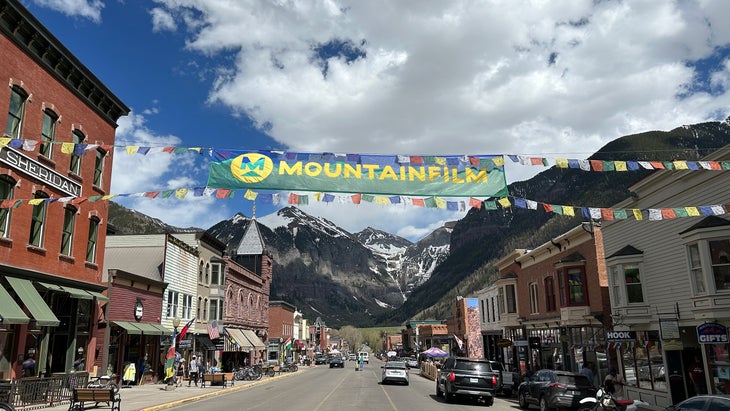
How to Avoid Altitude Sickness
1. Hydrate throughout your trip. Take a water bottle everywhere.��
As you go high, your blood oxygen level drops and respiration goes up, and you lose water at an increased rate. Conventional wisdom has long been to drink lots of water when you travel from sea level to anything starting at about 5,000 feet. Many or most visitors need to make a conscious effort. Just don’t take it too far.
Hackett says: “There’s no science to support [that drinking water prevents AMS], but a lot of anecdotal evidence. In mountain environments, you do need to drink extra water, but it depends on what you’re doing”—both effort and temperature. “On Denali it’s cold, and you’re not sweating, so you don’t need as much [as in a hot place].
“The point is not to overdo it. If you’re in Aspen [at approximately 8,000 feet], have an extra liter or liter and a half a day. The danger is that people over hydrate and wash out their sodium. They get hyponatremia, or low sodium, from a lot of water.” Hyponatremia is dangerous and needs to be treated.
Keep an eye on your urine and try to keep it clear or pale yellow as opposed to darker or orange.
Bottom line: “Be moderate,” Hackett says. “Just like at sea level, drink more if you’re hiking hard, but you don’t need too much extra.”
2. Drink little or no alcohol on the trip. Ban that second margarita!
Alcohol increases dehydration and hampers ventilatory adaptation to hypoxia. ��
Hackett confirms that, saying, “The science is that ingestions of about 50 grams of alcohol will lower your breathing response to hypoxia. One beer or one margarita is not going to make much difference,” but stick with that “until you get acclimated, which takes two or three to four days.”
The is a little sterner, advising: “Do not drink alcohol or do heavy exercise for at least the first 48 hours after you arrive at an elevation above 8,000 feet.”
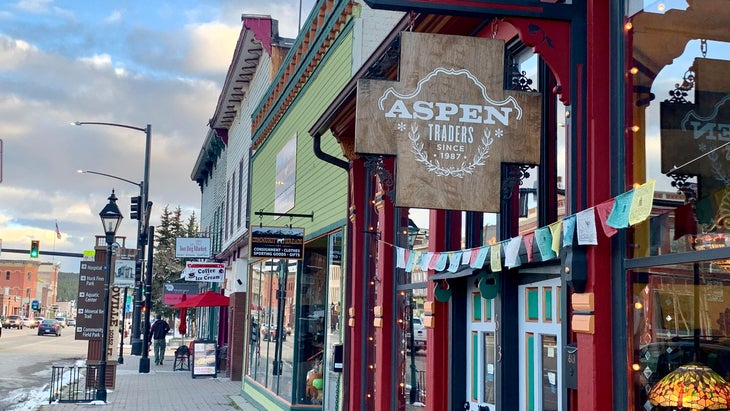
3. Give yourself time to acclimate. Try to arrive in a lower site a day early and take it easy, remaining at a constant elevation, overnight if possible, before going higher.
Hackett clarifies that the concept of stopping in an interim place like Denver applies to some but not all people: “As long as they don’t fly into Aspen and go higher, they are probably OK,” he says. “If [someone is] concerned because of pre-existing conditions or has a baby or is pregnant…It’s always better to spend a night in Denver.” Always consider pre-existing conditions.
“It’s super important to take it easy the next day, don’t drink much [alcohol], and hydrate a little more than usual. The single most important thing is not to fly into Aspen and go higher. That’s definitely high risk.”
Another option might be to fly into Aspen at 8,000 feet but spend the first night in a lower spot such as Glenwood Springs, 40 miles away and 2,000 feet lower.
“Coming into Aspen, 85 percent of people will be fine and about 15 percent will get headaches,” Hackett says. “If they fly into Aspen and go to Ashcroft [9,521 feet] to sleep, 60 to 70 percent will get headaches. Go up gradually.”
The CDC similarly advises: “Avoid traveling from a low elevation to an elevation higher than 9,000 feet (2,750 m) above sea level in one day.”��
Some sources advise the tactic of day trips to higher elevations, while sleeping lower. As above, if you begin to feel ill, stay put or descend.
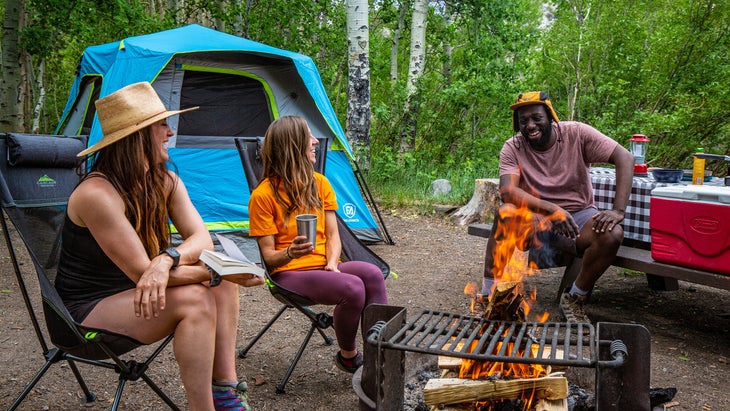
4. Talk to your doctor about bringing a prescription drug such as Diamox in case of need. Also consider bringing aspirin or ibuprofen in case of headache.
“I support all those,” Hackett says. “The problem is your average doctor doesn’t know much about Diamox. Doctors are very reluctant to prescribe a medicine they are unfamiliar with, but it’s good to know there is something that helps. It does not mask the symptoms, it speeds up acclimatization. So instead of three or four days it takes one day.”
Talk to your doctor. Did you expect us to say anything else?
5. Insomnia blues, or what if I can’t sleep at altitude?
The top complaint of those going to altitude, and one I experienced when first in Aspen (I later moved to nearby Carbondale), is sleeplessness, from the effect of hypoxia on the brain.
“There’s no way to prevent it,” Hackett says. “Oxygen is available” to address it, “and they can deliver it to a hotel room. Any doctor can write a prescription for it, and you’ll sleep like a baby.” He later adds in an email: “Sleeping on oxygen will help with sleep, prevent altitude illness, and protect anyone with preexisting problems like high blood pressure, atrial fibrillation, lung disease, etc.”
He says further: “Things that are known to be safe [sleep aids] include Benadryl and Dramamine. You don’t want to take [medications] that might depress your breathing and mix them with alcohol. Diamox can be helpful since it stimulates breathing and raises oxygen levels.
“A lot of people sleeping at altitude will have some irregular breathing at night. It’s not anything to worry about. It improves with acclimatization.”
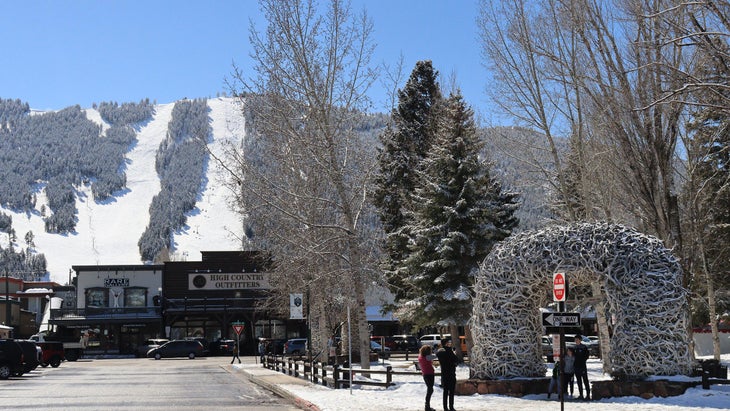
6. Resources to learn more about altitude sickness.
One of the links I suggested nine years ago, a from the Denver Post, has been updated, as an editor’s note says: “to reflect that people should not drink excessive amounts of water.”
Here are other resources.
The “mythbusters” of Hackett’s website
Wilderness Medical Society:
Centers for Disease Control and Prevention: and��
UptoDate.com:
No longer being updated but still considered expert and useful:
7. Pay attention to red flags
While the woman at the photo workshop was a tricky situation—she was an adult, who had paid and wanted to learn—I always wondered if I should have insisted on taking her lower. I offered repeatedly to drive her to the hospital, or for her at least to stay at my home in Carbondale. She said no. Was I wrong to accede? A worse result would haunt me. I asked Hackett.
Only a few red flags, he said, mandate immediate descent or oxygen. He listed them in an email: “Respiratory distress (‘Just can’t get enough air,’ or obvious trouble breathing), and the brain going off (confusion, disorientation, can’t walk a straight line). Vomiting is not a red flag, nor is ‘collapsing’ unless into unconsciousness.”
Guess I can breathe easier, at least about that time.
Alison Osius is a senior editor at ���ϳԹ���, who formerly worked at Rock and Ice and Climbing magazines. The highest she has been is 14,000 feet, and she doesn’t plan on going any higher.����
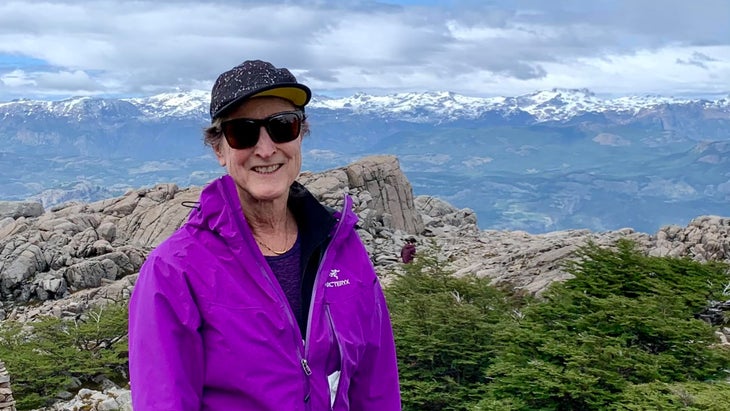
For more by this author, see:
Colorado’s Storm King Mountain Memorial Trail Takes You to Sacred Grounds


